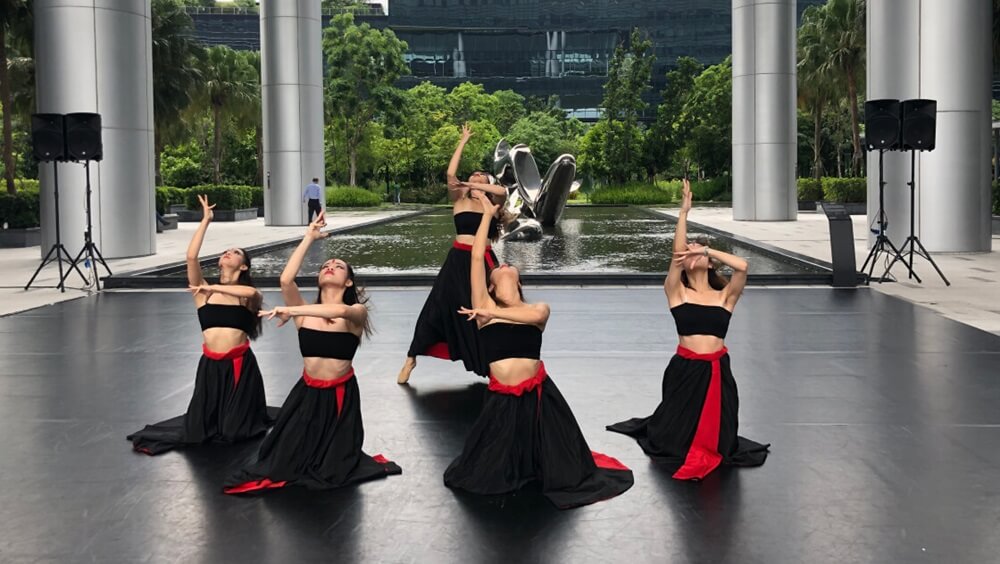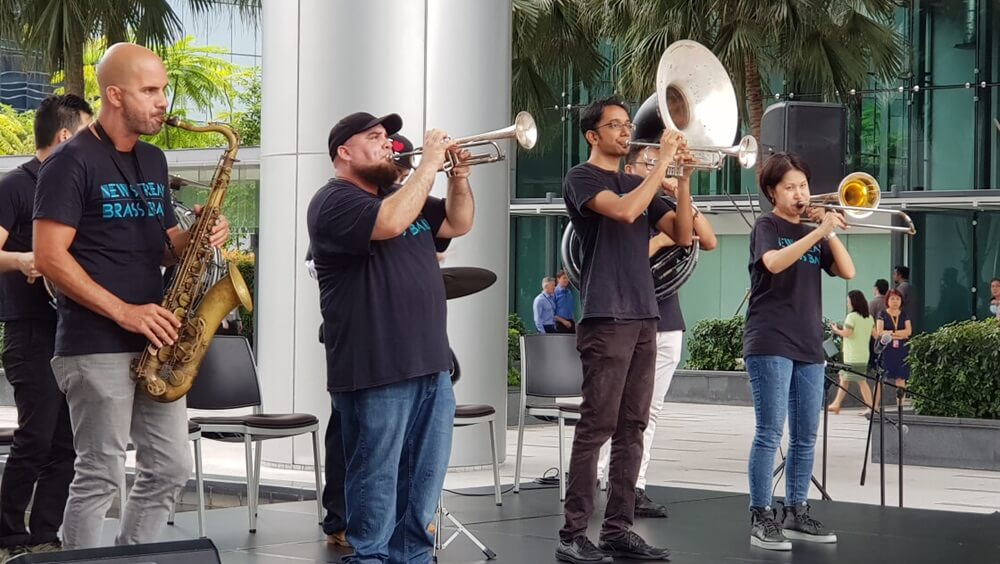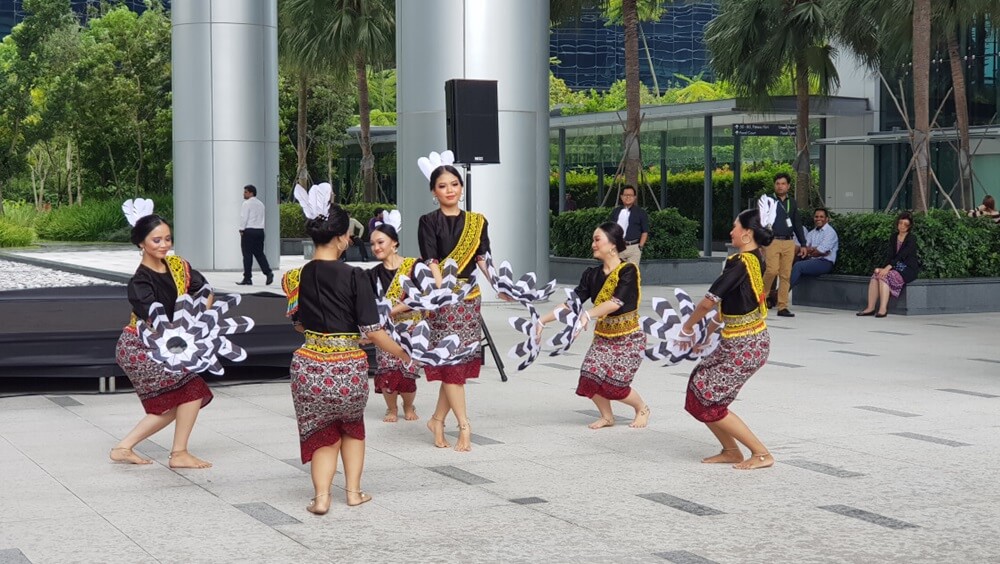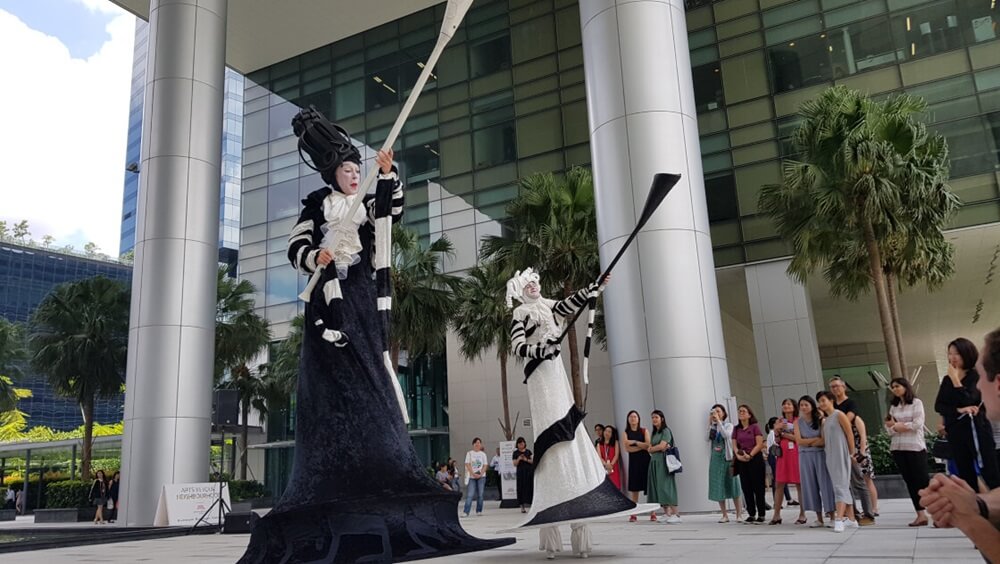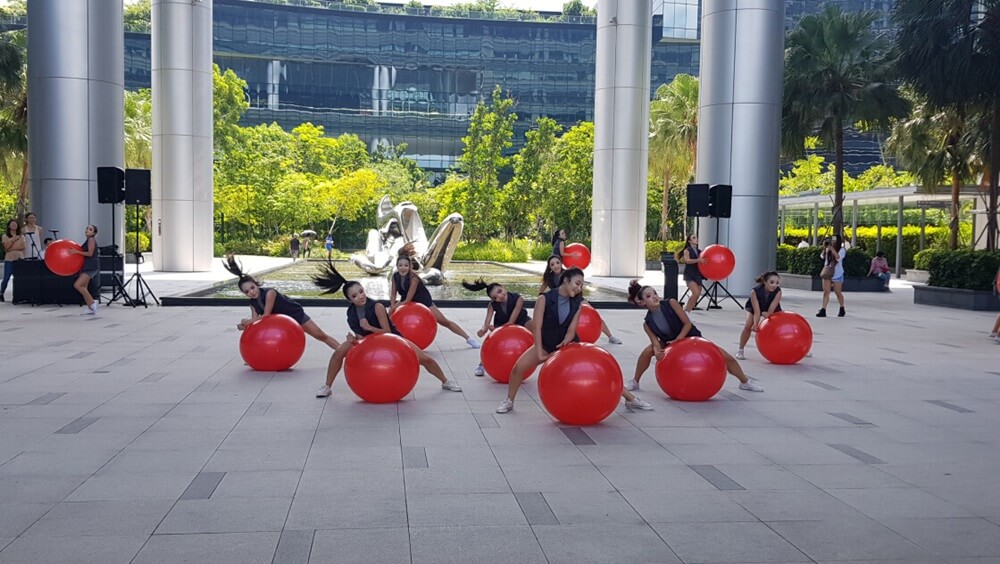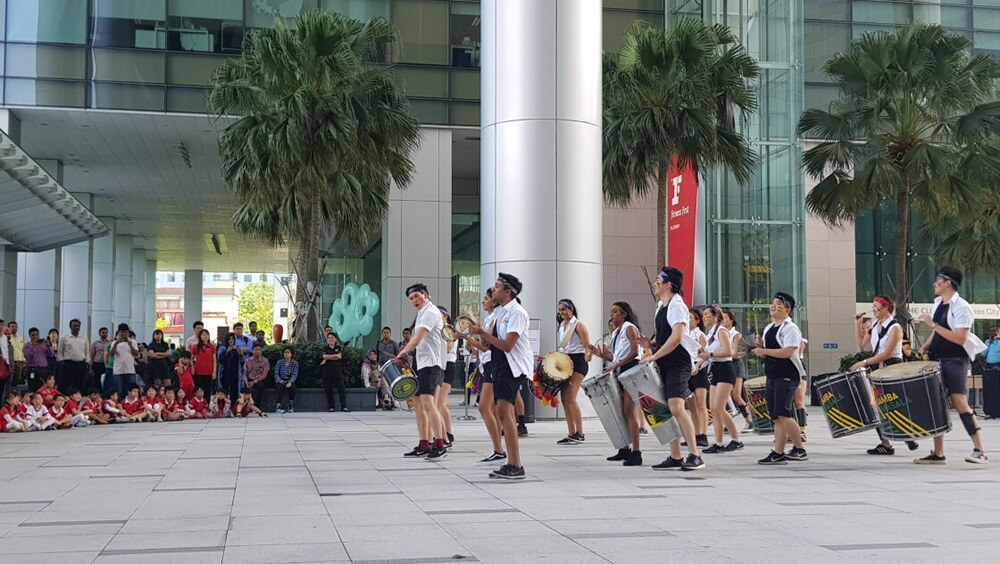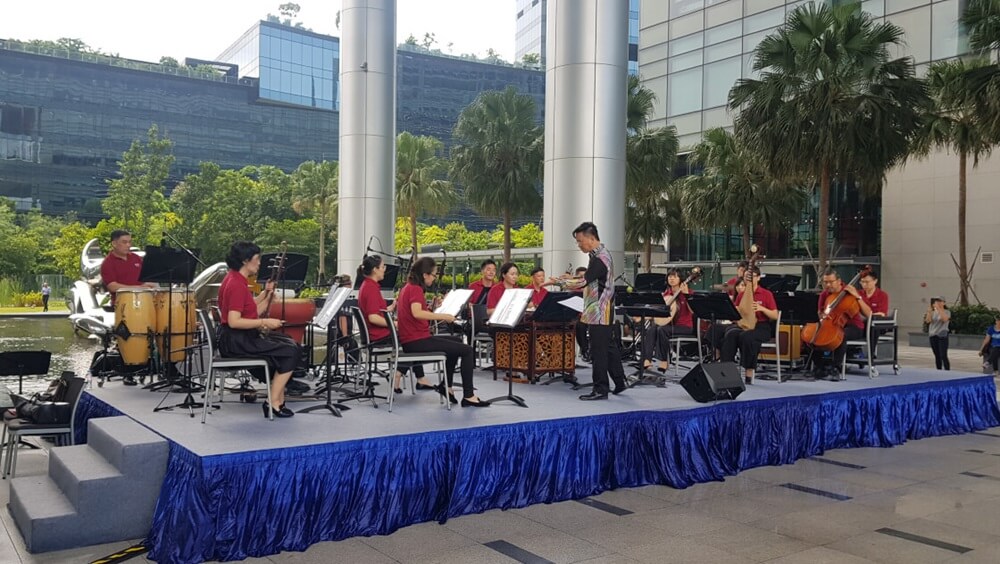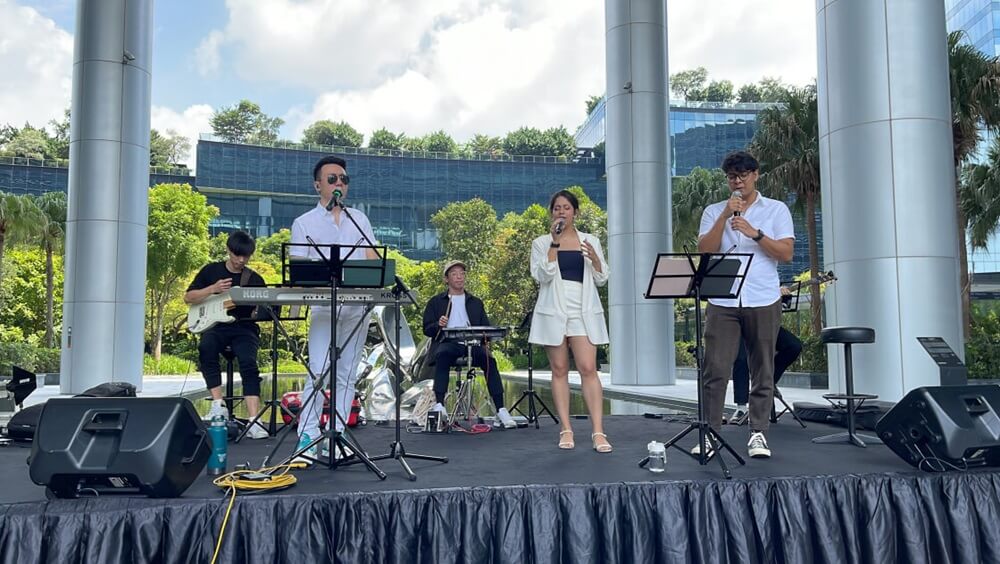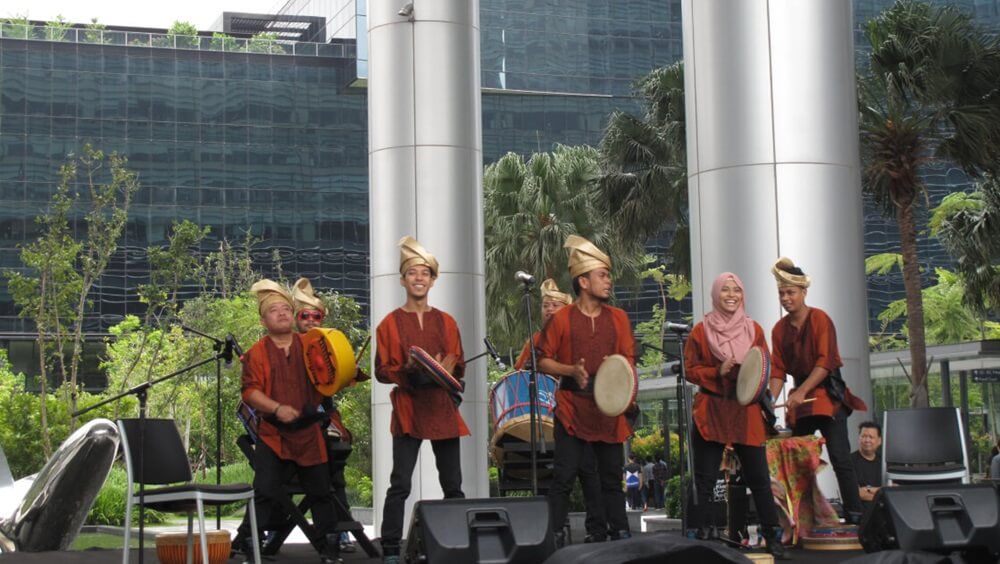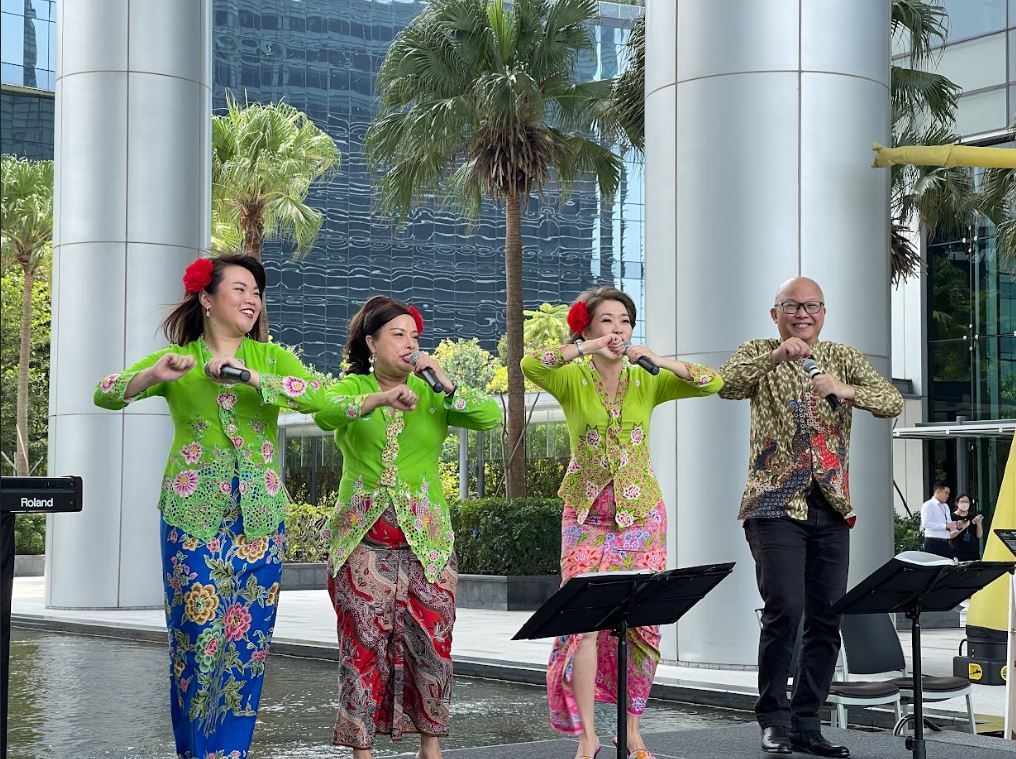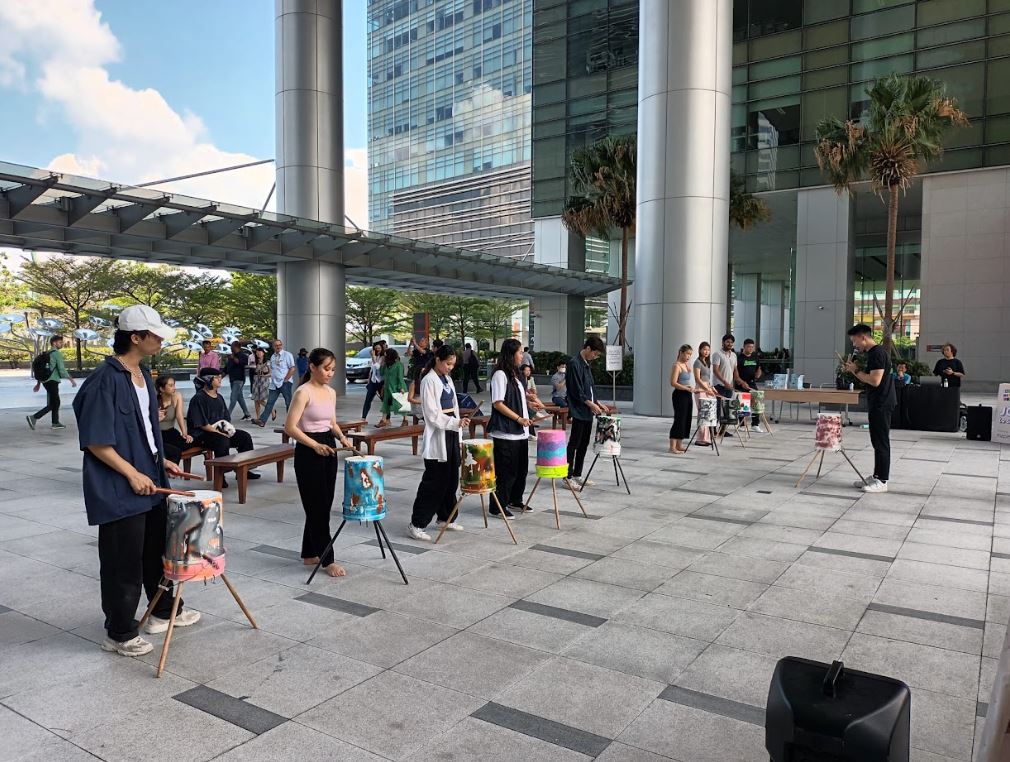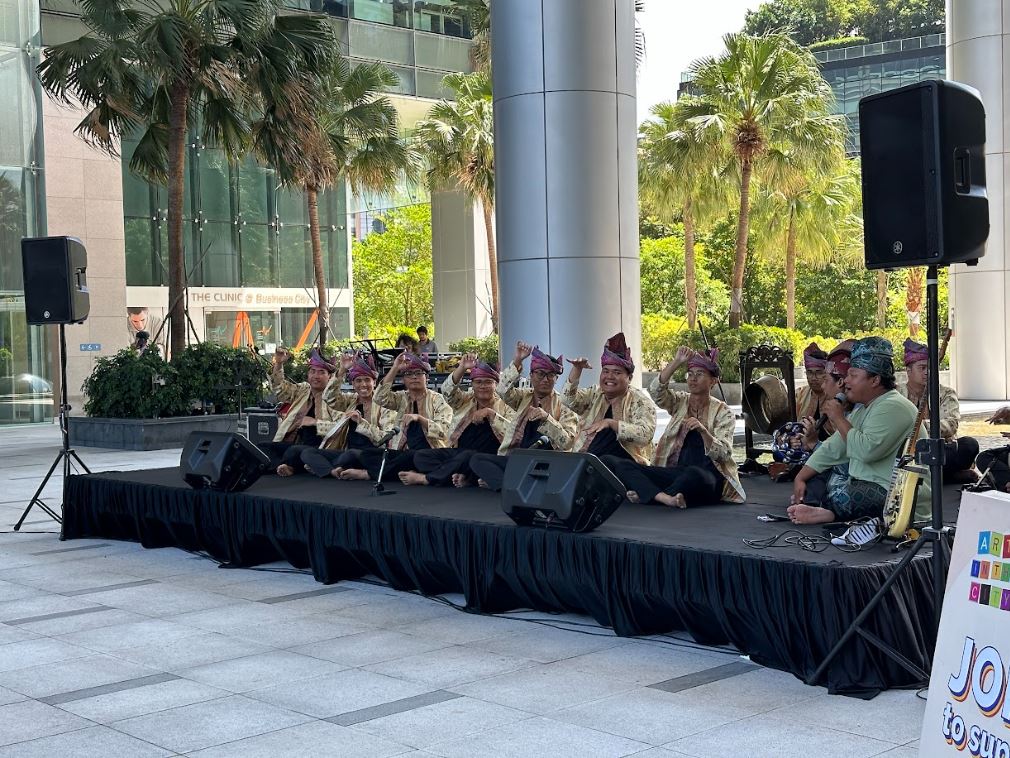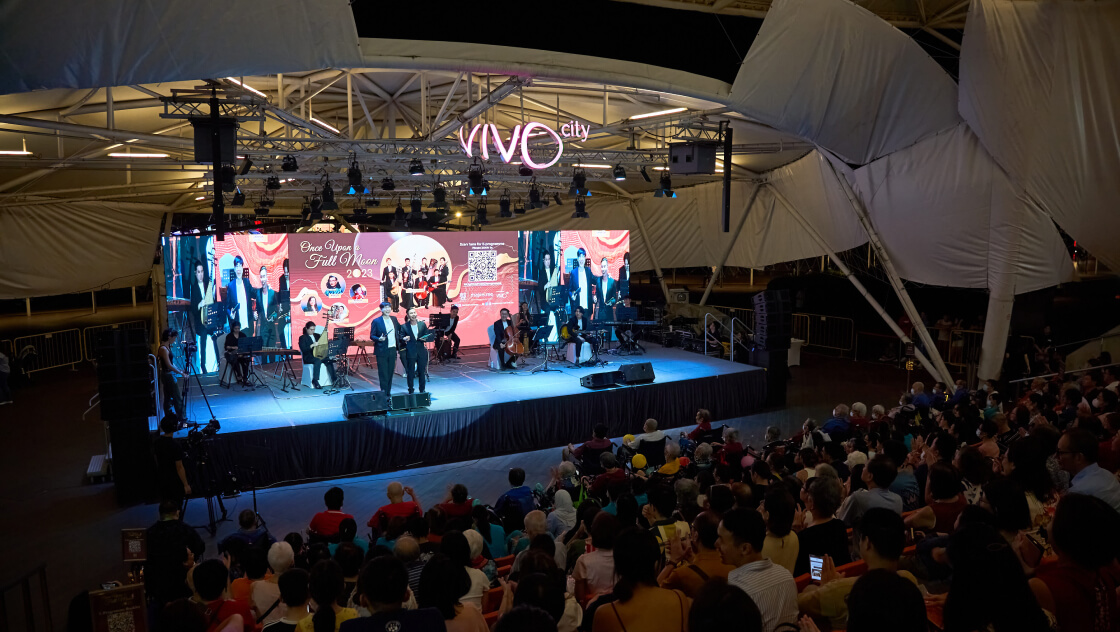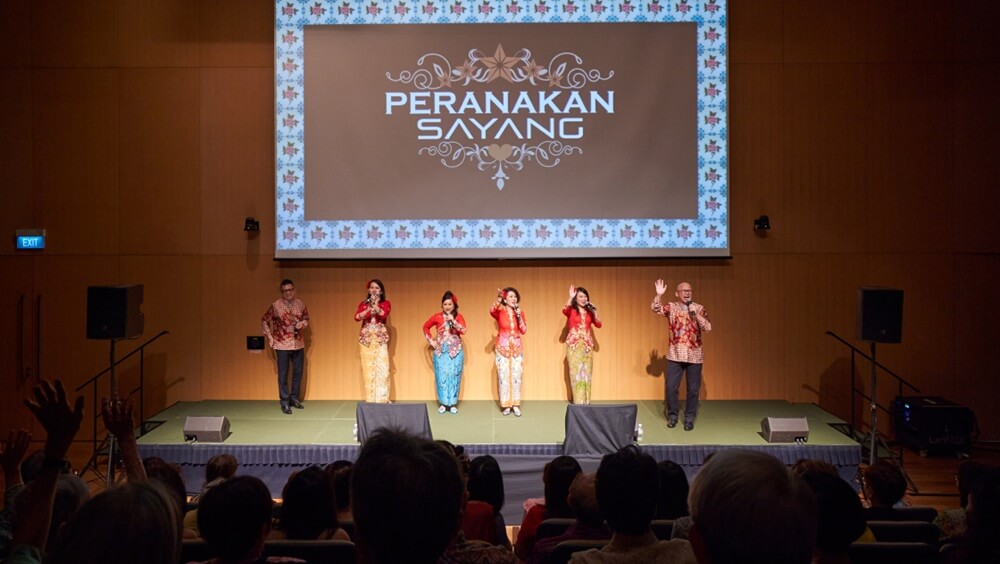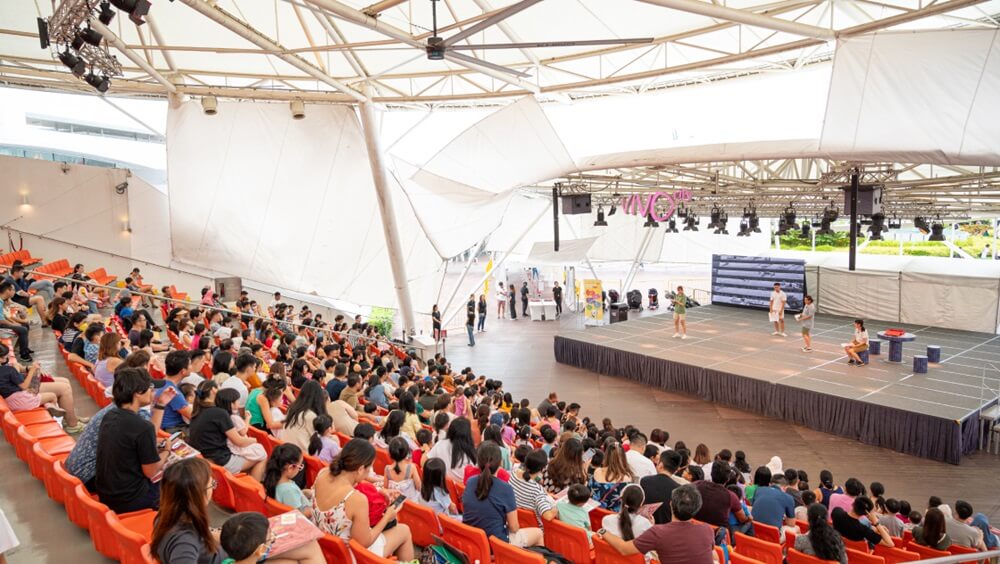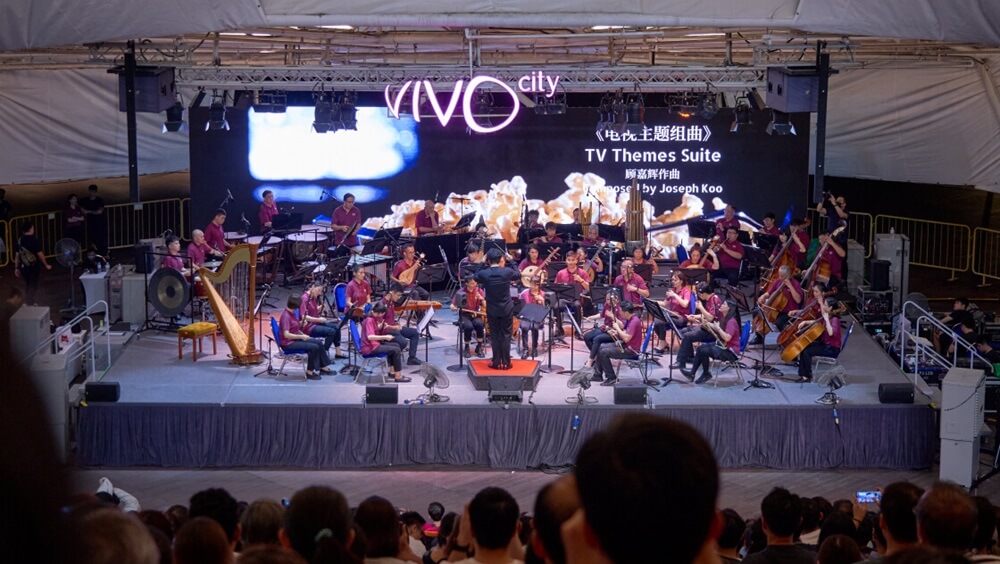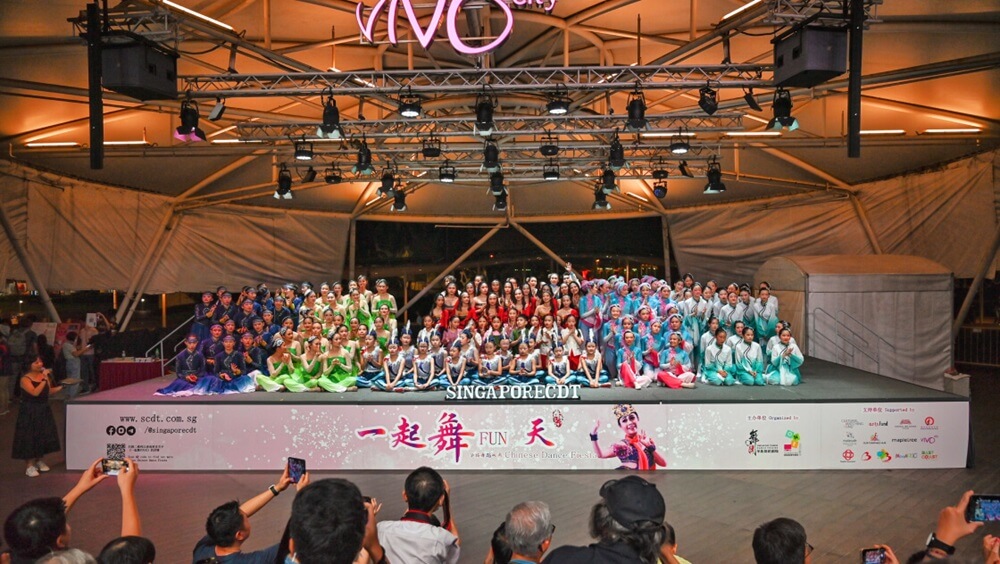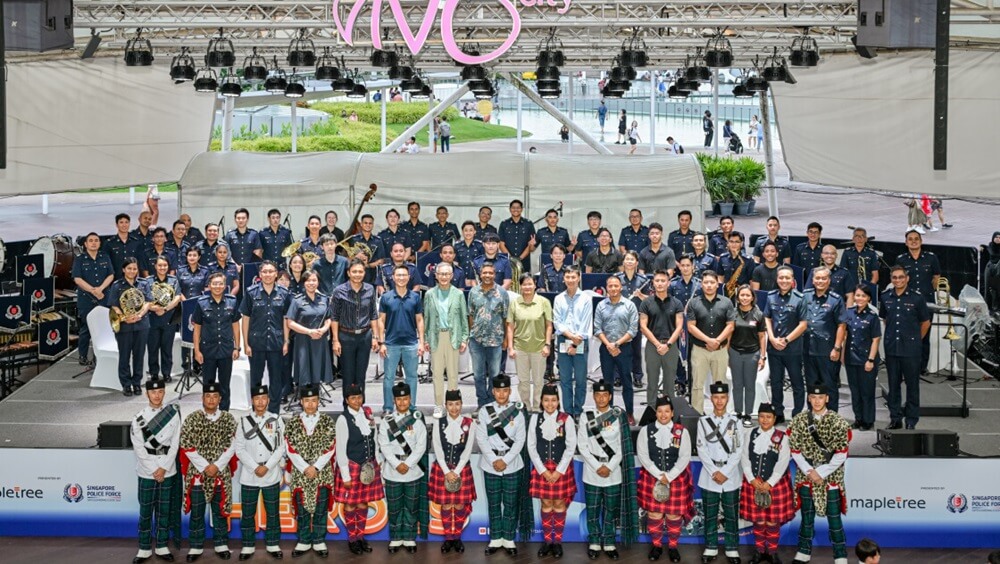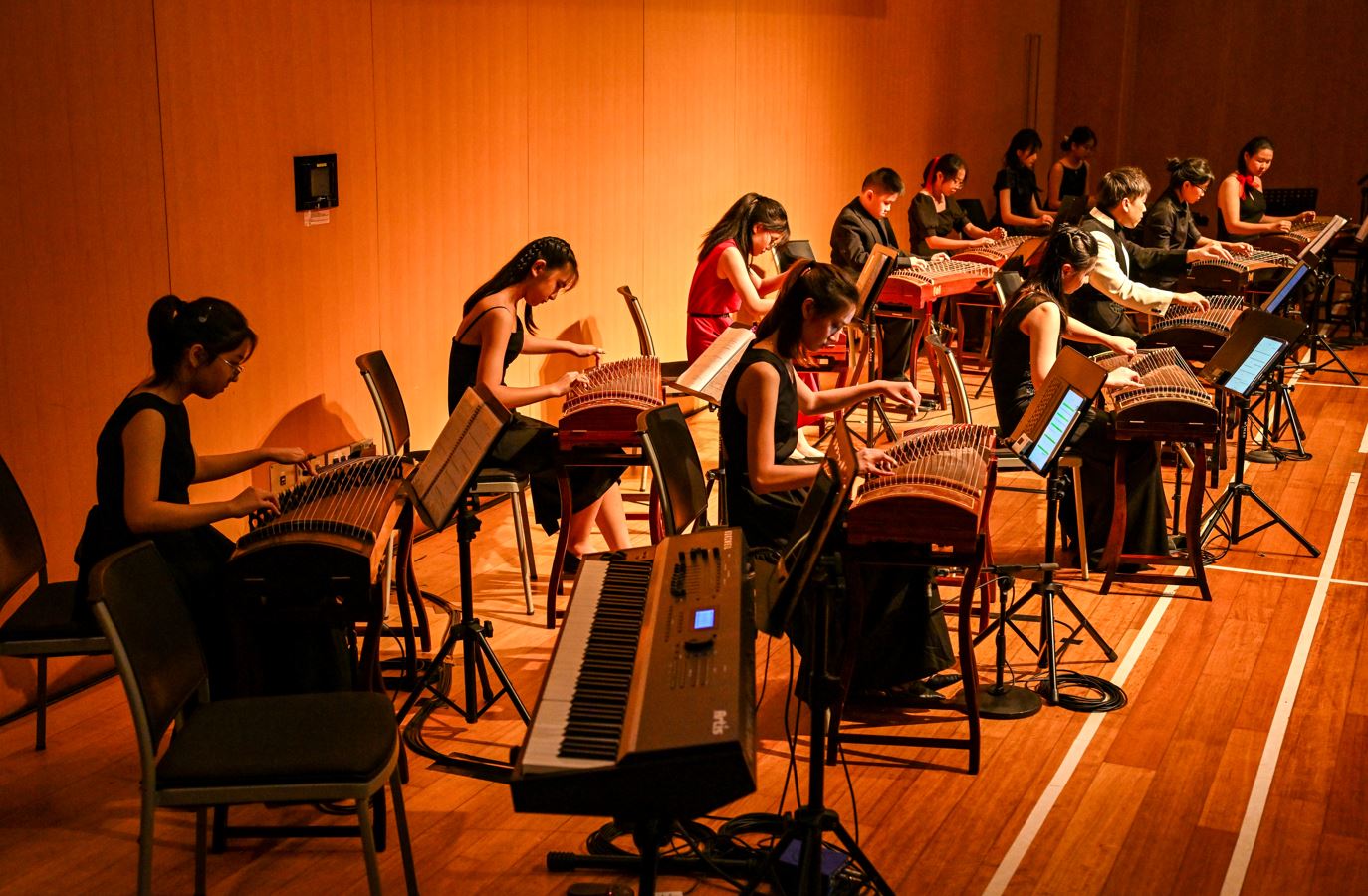Leveraging our real estate resources and expertise, we catalyse the performing arts by providing platforms for it to bloom, expanding access to the arts for communities where we operate and laying foundations for the future.
Providing a platform for performing arts to bloom
Mapletree Arts in the City was conceived in 2013 in collaboration with National Arts Council Singapore to present lunchtime performances for the working community at Mapletree Business City and Alexandra Retail Centre.
In 2020, Mapletree Arts in the City on Air was started to provide a platform for artists to perform during Covid-19 and for online audiences to enjoy original arts programmes on YouTube ranging from painting and sketching tutorials, puppet shows, covers of popular hit songs, traditional dances and even poetry reading. Today, the initiative continues to regularly commission original digital performances by local artists. Check out Mapletree Arts in the City on Air on our YouTube channel!
Want to be part of either series? Drop us an email: arts@mapletree.com.sg
Expanding access to the arts for the community
Mapletree has supported a diverse range of community performances at two of our flagship properties – VivoCity and Mapletree Business City.
Mapletree’s support expands access to quality performing arts programmes, and ensures that that everyone has an opportunity to engage and participate in artistic endeavours.
To date, Mapletree is proud to have presented shows by The TENG Ensemble, Singapore Chinese Orchestra, Singapore Chinese Dance Theatre, Paper Monkey Theatre, Peranakan Sayang, Sing’Theatre and Singapore Police Force Band.
Laying foundations for the future
Since 2018, the Mapletree-TENG Scholarship has been providing recipients from less-privileged backgrounds with financial support to pursue their passion for traditional Chinese music over a two-year period. By laying this foundation, we hope to ensure that the arts continues to enrich lives and inspire future generations for years to come.

